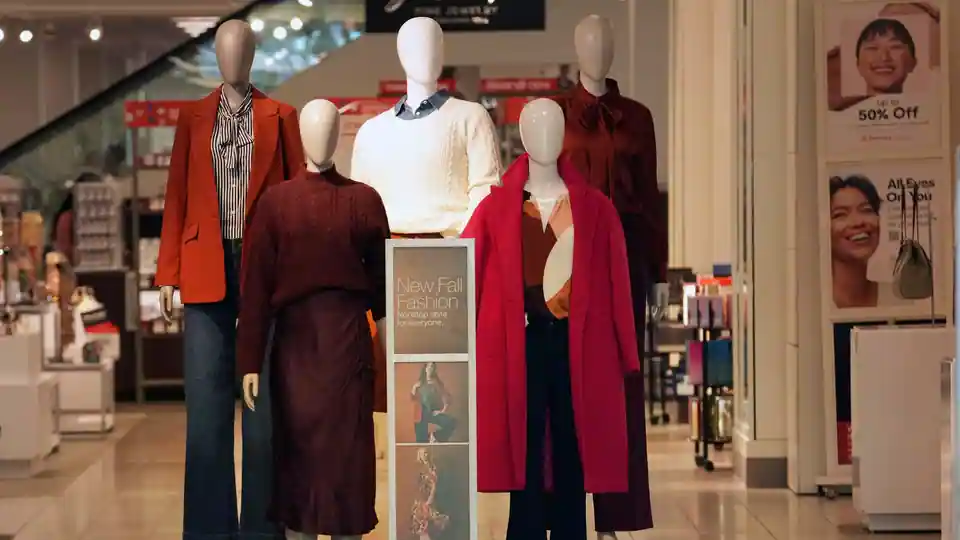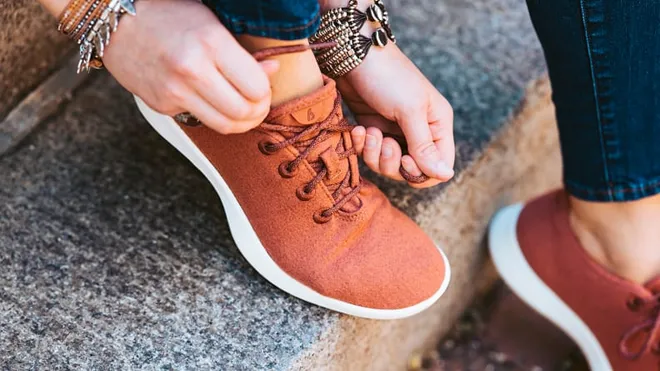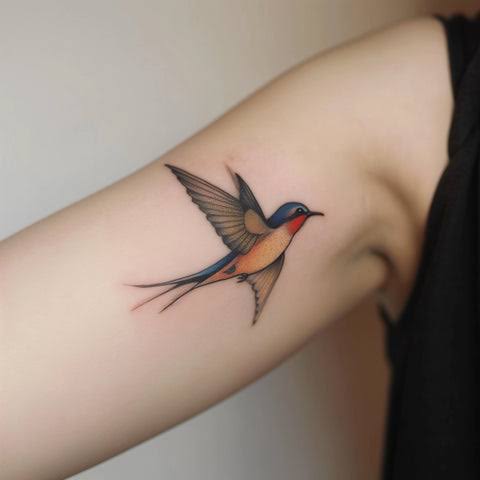Sustainable Fashion and Ethical Living
 The conversation surrounding sustainable fashion has evolved from a niche interest to a mainstream movement. As consumers become more aware of the detrimental effects that fast fashion has on our planet and society, the demand for sustainable and ethical clothing has significantly increased. We will explore how to build a sustainable wardrobe, support ethical brands, and understand the broader impact of our clothing choices on the environment.
The conversation surrounding sustainable fashion has evolved from a niche interest to a mainstream movement. As consumers become more aware of the detrimental effects that fast fashion has on our planet and society, the demand for sustainable and ethical clothing has significantly increased. We will explore how to build a sustainable wardrobe, support ethical brands, and understand the broader impact of our clothing choices on the environment.
Understanding Fast Fashion
Before diving into the details of sustainable fashion, it’s essential to understand the concept of fast fashion. Fast fashion refers to the rapid production of cheap, trendy clothing by mass-market retailers in order to meet the latest trends. Unfortunately, this business model often comes at an unsustainable cost to the environment and society:
- Environmental Impact: The fashion industry is one of the world’s largest polluters. Water waste, chemical runoff, and carbon emissions are just a few of the negative consequences associated with fast fashion. According to the United Nations, the industry is responsible for around 10% of global carbon emissions and is the second-largest consumer of water worldwide.
- Labor Exploitation: Fast fashion thrives on low labor costs, which means that many garments are produced in developing countries under dismal working conditions. Workers often face long hours, poor wages, and unsafe environments, leading to a cycle of exploitation as brands prioritize profit over people.
- Waste Generation: With the rapid turnover of clothes, fast fashion encourages a throwaway mentality. Millions of tons of textiles are discarded each year, ending up in landfills, where synthetic fibers can take hundreds of years to decompose.

Building a Sustainable Wardrobe
Transitioning to a sustainable wardrobe doesn’t happen overnight, but with a few deliberate steps, you can create a collection of clothing that aligns with your values. Here are some strategies to consider:
1. Assess Your Current Wardrobe
Before making any purchases, take a moment to evaluate what you already own. Assess your closet for items that you rarely wear and consider whether they still serve you. This process may help you rediscover old favorites or identify gaps that need filling.
2. Embrace Minimalism
Adopting a minimalist approach can significantly reduce clutter and impulsive purchases. Focus on quality over quantity: invest in versatile, timeless pieces that can be mixed and matched to create multiple outfits. A well-curated wardrobe often leads to fewer clothing items but a greater range of outfits.
3. Research Ethical Brands
Supporting ethical and sustainable fashion brands is a vital part of your journey. Here are a few ways to find brands that align with your values:
- Check Certifications: Look for certifications like Fair Trade, GOTS (Global Organic Textile Standard), B Corp, or others that indicate ethical practices.
- Read Brand Stories: Visit brands’ websites to learn about their manufacturing processes, sourcing materials, and commitment to sustainability.
- Seek Recommendations: Follow sustainability advocates on social media or blogs, where they often share their favorite ethical brands and products.
4. Invest in Quality Over Quantity
When shopping for new items, prioritize quality over price. Consider investing in sustainable materials, such as organic cotton, Tencel, or recycled fabrics. Not only will these materials last longer, but they are also often produced with fewer environmental impacts than conventional textiles.
5. Shop Secondhand
One of the best ways to reduce your clothing footprint is to shop secondhand. Thrift stores, consignment shops, and online platforms like Poshmark, Depop, and ThredUp allow you to find unique pieces while extending the lifecycle of clothing already in circulation. This not only saves money but also promotes a circular fashion economy.
6. Practice Conscious Consumerism
Before making a purchase, ask yourself a series of questions: Do I really need this item? How often will I wear it? Is it versatile enough to pair with multiple outfits? Practicing mindfulness while shopping helps combat impulse buys and encourages thoughtful decisions.
7. Care for Your Clothes
Extending the life of your garments is an integral part of sustainable fashion. Follow care instructions, repair damaged items instead of discarding them, and avoid frequent laundering. Simple steps like air drying, spot cleaning, and mending can prolong the life of your clothing significantly.

Alternatives to Fast Fashion
As you explore sustainable fashion, it’s important to consider alternatives to fast fashion. Several models promote ethical living without contributing to environmental degradation:
1. Slow Fashion
Slow fashion is the antithesis of fast fashion. It promotes quality craftsmanship, sustainable materials, and transparency in production. By choosing slow fashion brands, you support a more ethical approach to clothing design and production.
2. Rental Services
Clothing rental services like Rent the Runway and Le Tote provide a perfect solution for special occasions or one-time wear items. Renting allows you to enjoy high-quality garments without the commitment of ownership, ultimately reducing waste and consumption.
3. Capsule Wardrobe
The capsule wardrobe is a concept that encourages minimalism and thoughtful purchasing. A capsule wardrobe typically consists of 30-40 items you love and wear throughout the season. This approach not only simplifies your choices but also encourages quality purchases that stand the test of time.
4. Upcycling and DIY
Creativity can play a significant role in sustainable fashion. Upcycling involves transforming old clothing into new, stylish items, while DIY projects allow you to customize existing pieces to better suit your style. The internet is full of inspiration, from tutorials to resources.
The Impact of Our Choices
Ultimately, the choices we make as consumers have far-reaching implications for both the environment and the people involved in the fashion industry. By choosing sustainable, ethical brands, and adopting mindful shopping habits, we support a fashion industry that respects both people and the planet.
Participating in this movement means that you are not only making responsible choices for yourself but also advocating for positive change. The shift towards sustainable fashion requires effort, awareness, and community, but it’s a journey well worth taking. By building a sustainable wardrobe, we not only enhance our own lives but also contribute to a healthier planet and a more equitable world.
In conclusion, the fashion revolution starts with you. Embrace sustainable practices, educate those around you, and together, let’s transform the fashion industry into one that honors ethical living. Your conscious choices can spark greater change—one outfit at a time.


